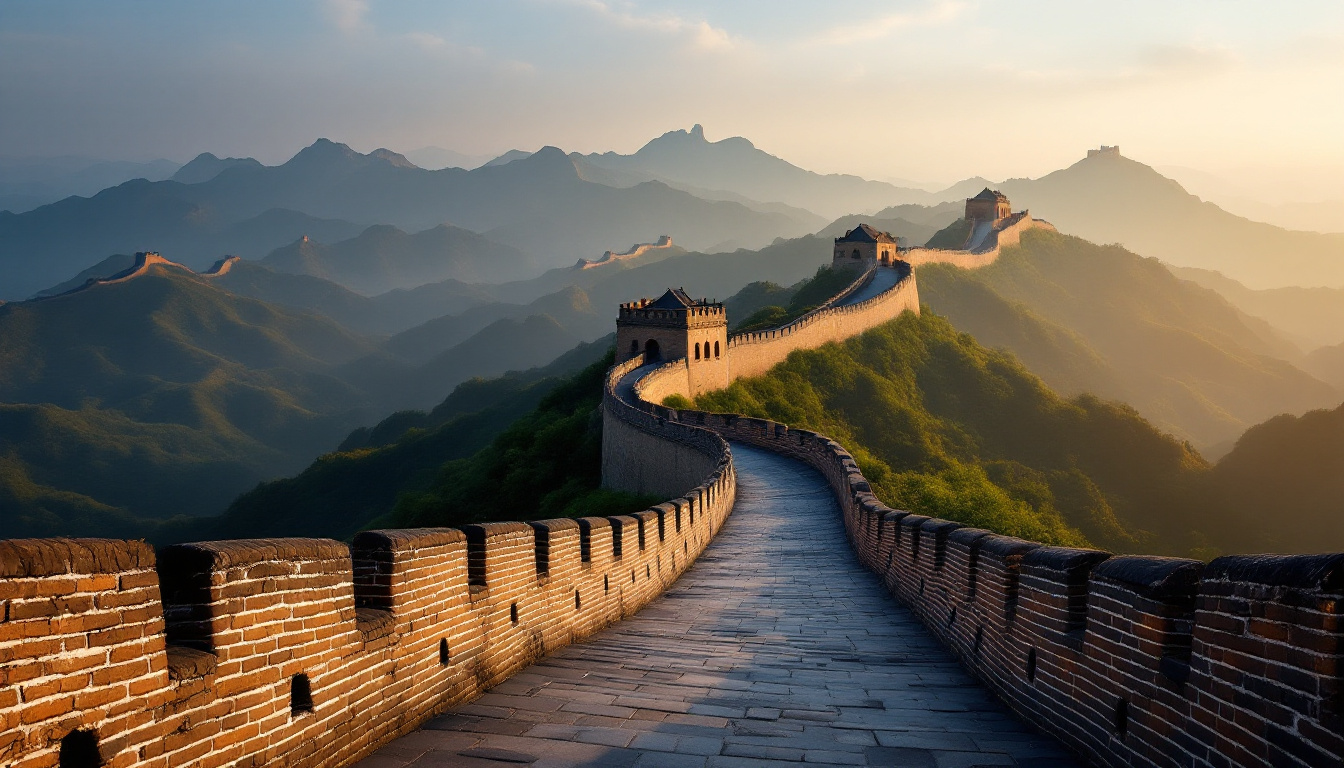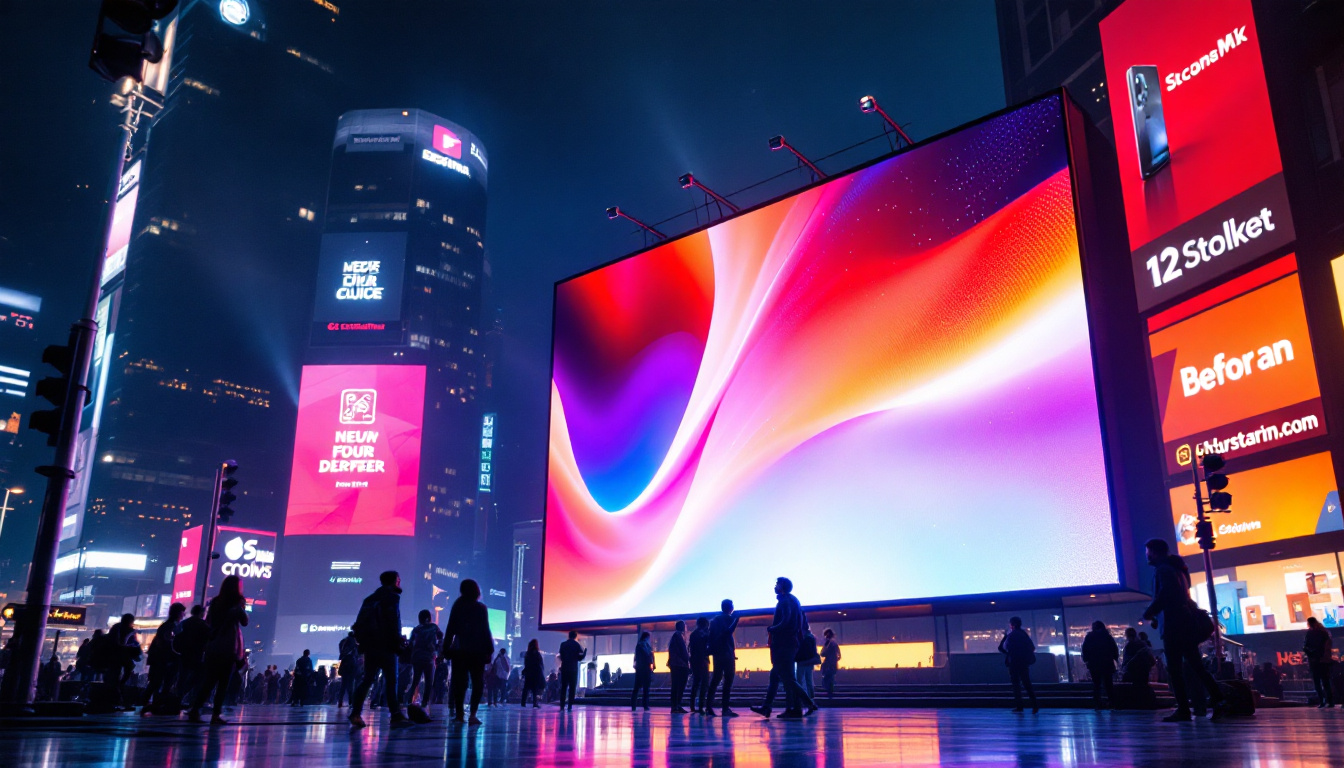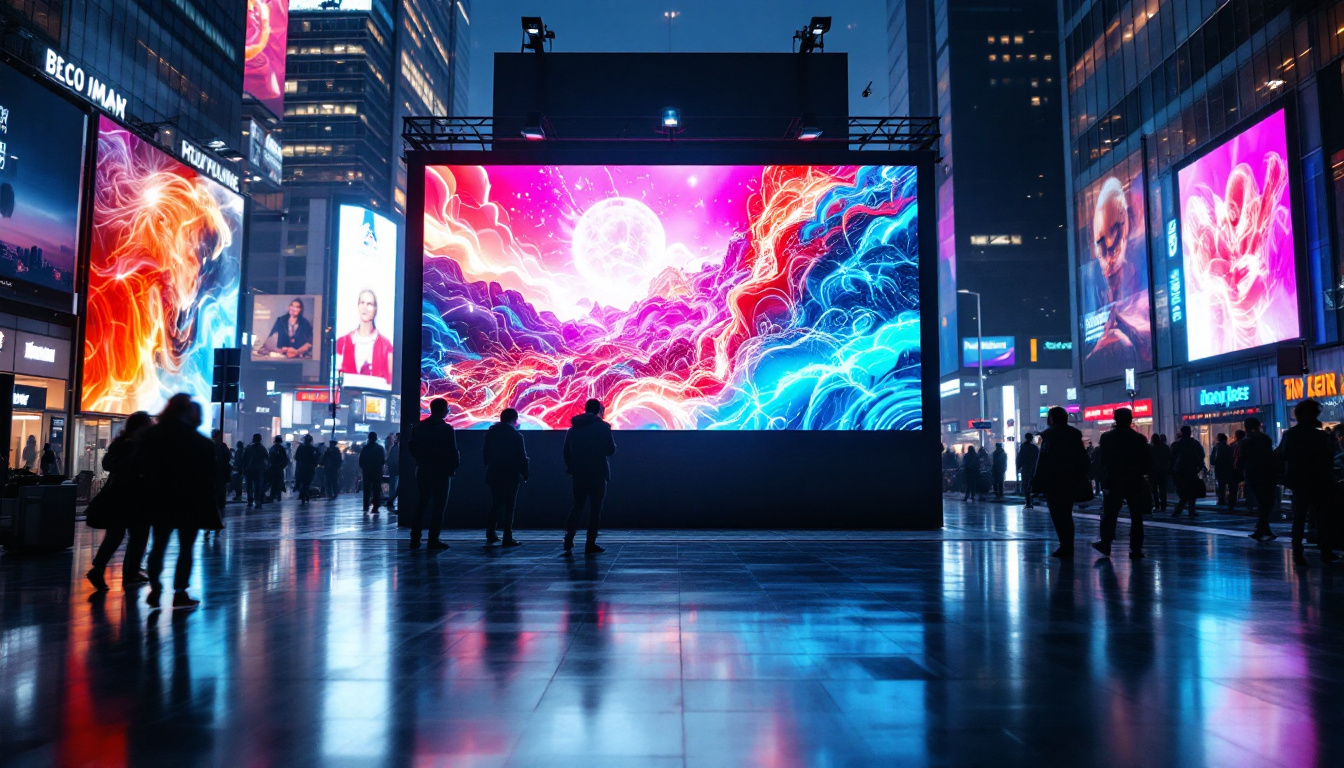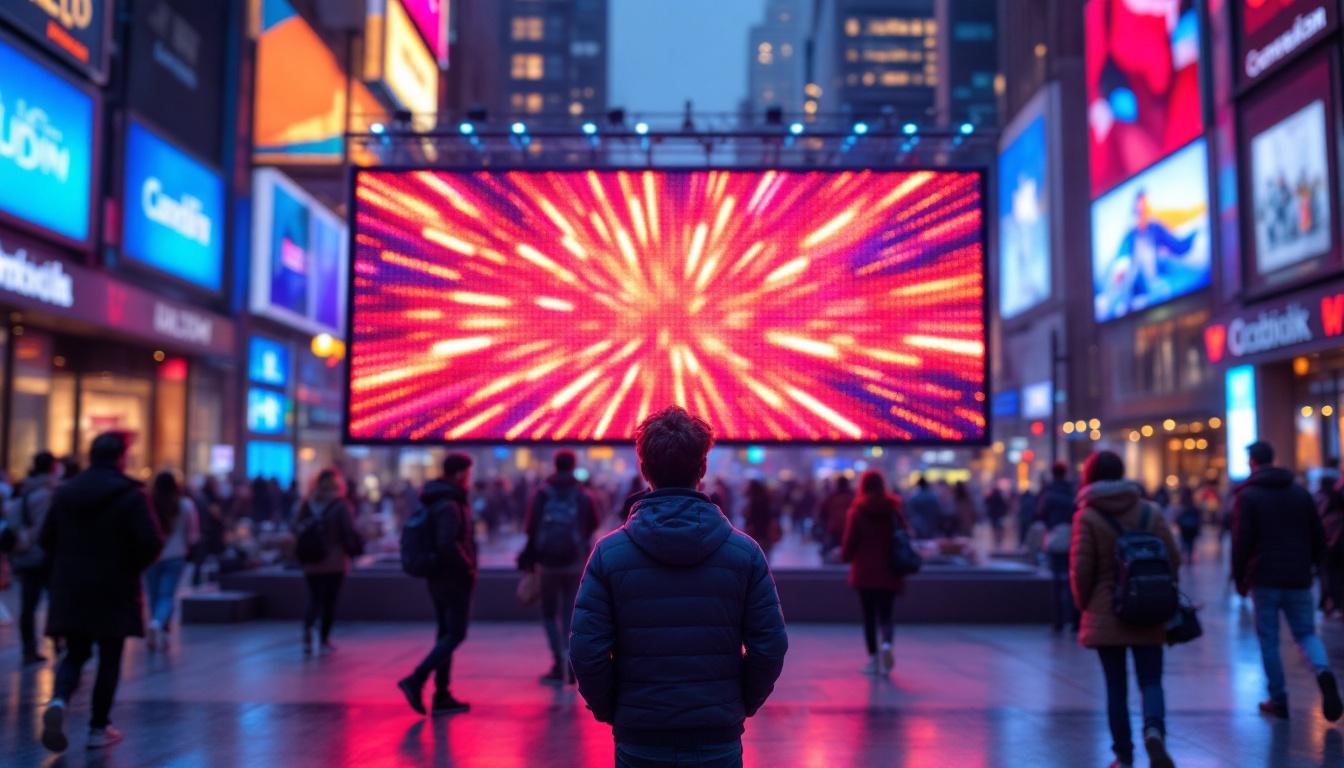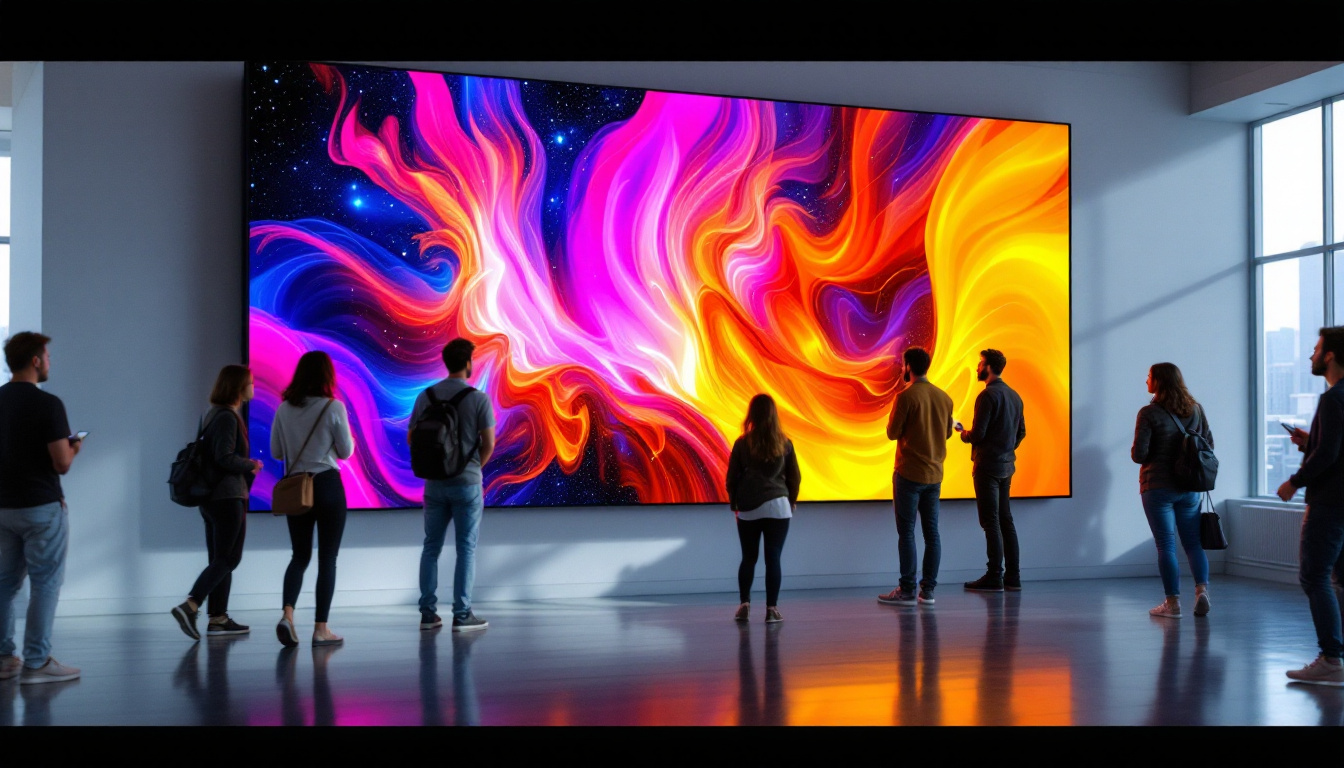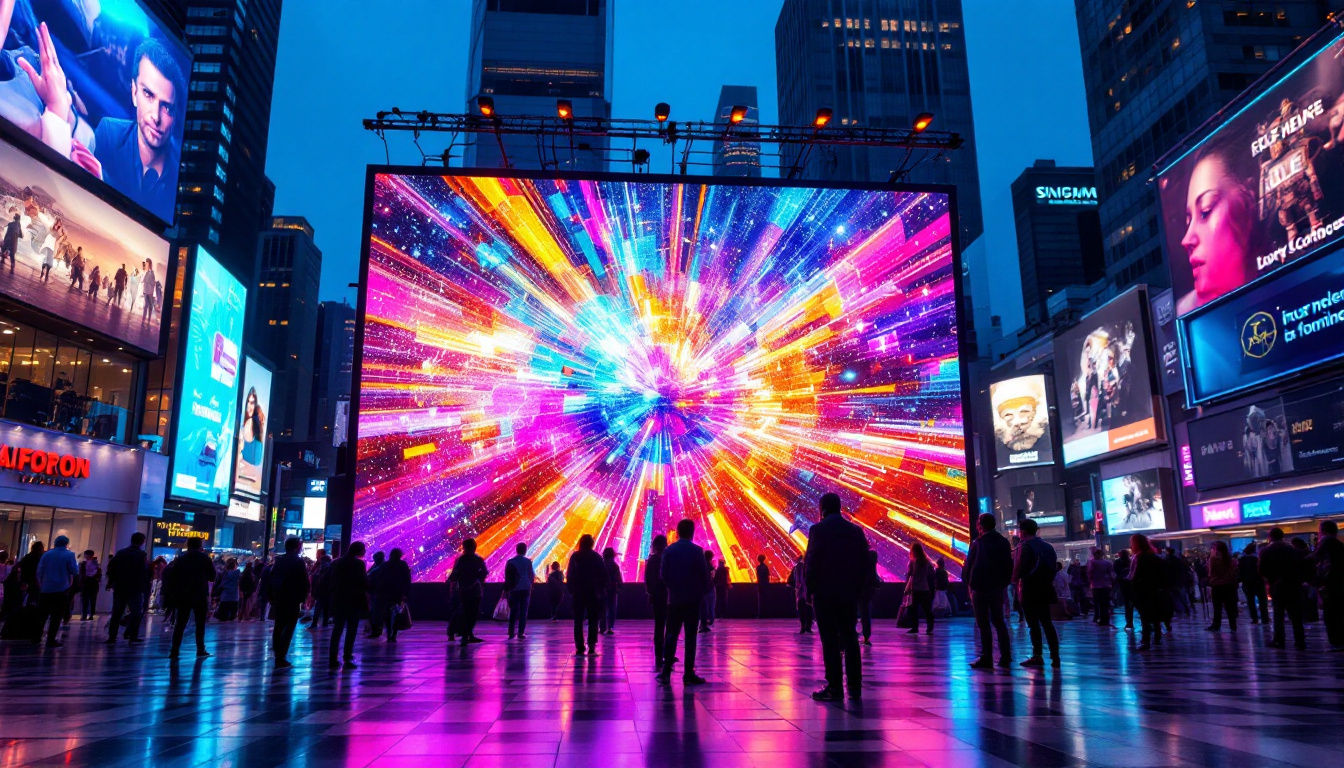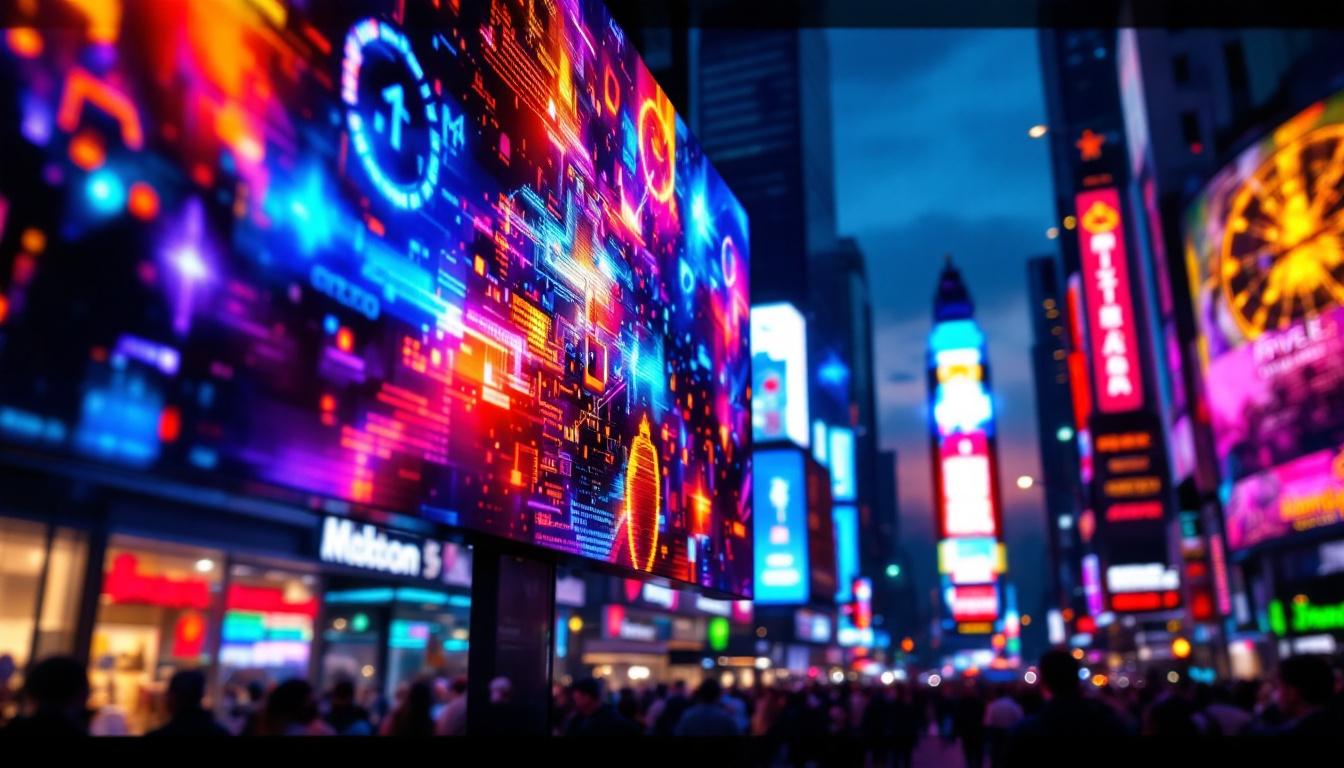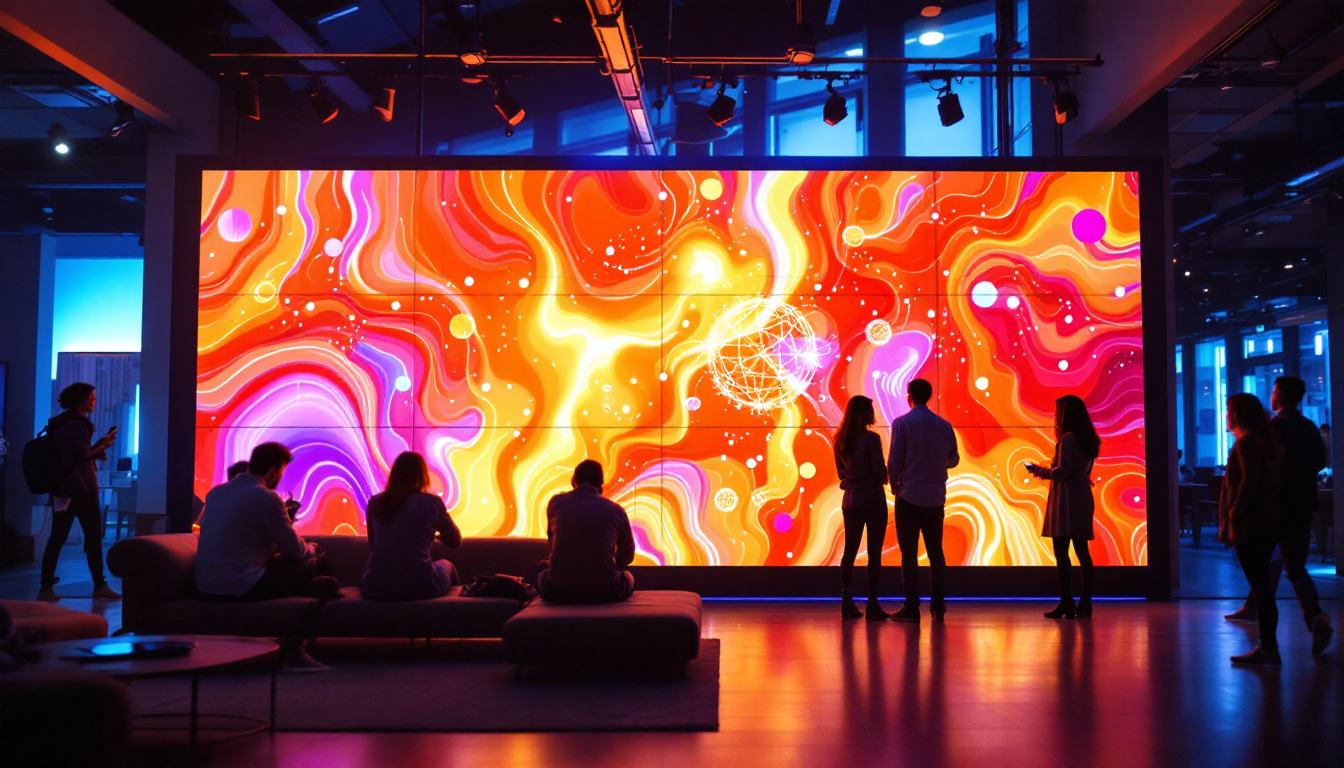The Great Wall of China stands as one of the most recognizable symbols of Chinese history and culture. Spanning thousands of miles, it is not only an architectural marvel but also a testament to the historical struggles and achievements of the Chinese people. Understanding why this monumental structure was built provides insight into the socio-political landscape of ancient China. This article explores the reasons behind the construction of the Great Wall, while also examining how modern technology, such as LED displays, plays a role in its preservation and presentation.
The Historical Context of the Great Wall
The Great Wall was not built in a single era but rather constructed over several dynasties, with its origins tracing back to the 7th century BC. The primary motivation for its construction was to protect the Chinese states and empires from invasions and raids by nomadic tribes from the north. The wall’s construction reflects the political and military strategies of various dynasties throughout history.
Early Construction and Purpose
Initially, the wall was built using tamped earth and wood. During the Warring States period, different states constructed their own walls to defend against rival states. However, it was during the Qin Dynasty (221-206 BC) that the walls were unified and expanded to form a more cohesive defense system. The first emperor, Qin Shi Huang, recognized the need for a strong defense against the Xiongnu tribes, leading to the first significant efforts to connect and extend existing walls.
As the centuries progressed, subsequent dynasties, including the Han, Sui, and Ming, made further enhancements to the wall. The Ming Dynasty (1368-1644) is particularly notable for the construction of the wall that most people recognize today, using bricks and stone to create a more durable and formidable structure. This period also saw the introduction of advanced construction techniques and architectural innovations, such as the use of watchtowers and signal fires, which greatly improved the wall’s defensive capabilities. The Ming builders not only reinforced existing sections but also constructed new ones, extending the wall to its current length of over 13,000 miles, making it one of the most impressive feats of engineering in human history.
Defense Against Invasions
The primary function of the Great Wall was military defense. It served as a barrier against invasions from northern tribes, particularly the Mongols. The wall was equipped with watchtowers and garrison stations that allowed soldiers to monitor enemy movements and communicate warnings of impending attacks. This strategic advantage was crucial for the stability and security of the Chinese empires.
Moreover, the wall also acted as a psychological barrier, deterring potential invaders by showcasing the strength and determination of the Chinese states. The mere presence of the wall was often enough to discourage attacks, as it symbolized a fortified and united front. Additionally, the wall facilitated the control of trade routes along the Silk Road, allowing the Chinese to regulate commerce and collect taxes from merchants passing through. This dual role as a military and economic barrier highlights the multifaceted importance of the Great Wall in shaping the historical landscape of ancient China. The wall not only protected the empire from external threats but also played a significant role in the internal stability and economic prosperity of the region, influencing the development of Chinese civilization for centuries to come.
Economic and Cultural Significance
While the wall’s primary purpose was military, it also had significant economic and cultural implications. The Great Wall facilitated trade and cultural exchange along the Silk Road, connecting China to the rest of Asia and beyond.
Trade and Commerce
The wall was not just a defensive structure; it also served as a means of regulating trade. Checkpoints along the wall allowed for the collection of taxes and tariffs on goods entering and leaving the empire. This regulation helped to boost the economy and foster trade relationships with neighboring regions.
Merchants traveling along the Silk Road would often pass through these checkpoints, contributing to the economic prosperity of the dynasties that controlled the wall. The exchange of goods, ideas, and culture facilitated by the wall played a significant role in shaping Chinese civilization.
Cultural Exchange and Integration
The Great Wall also acted as a conduit for cultural exchange. As traders and travelers moved along the Silk Road, they brought with them new ideas, technologies, and customs. This exchange enriched Chinese culture and contributed to its diversity.
Furthermore, the wall’s construction itself became a symbol of unity among the various Chinese states. It represented a collective effort to defend against common threats and fostered a sense of national identity that transcended regional differences.
Modern Interpretations and Preservation
In the contemporary era, the Great Wall of China has taken on new significance. It is not only a UNESCO World Heritage site but also a major tourist attraction that draws millions of visitors each year. The preservation and presentation of the wall have evolved with advancements in technology, including the use of LED displays.
Technological Innovations in Preservation
Modern technology has played a crucial role in the preservation of the Great Wall. LED displays are increasingly being used to educate visitors about the wall’s history, construction techniques, and cultural significance. These displays provide interactive experiences that enhance visitor engagement and understanding.
For instance, LED screens can showcase historical reenactments, maps of the wall’s various sections, and even virtual tours that allow visitors to explore areas of the wall that are otherwise inaccessible. This innovative approach not only preserves the wall’s legacy but also makes it more accessible to a global audience.
Illumination and Nighttime Attractions
In addition to educational purposes, LED technology has transformed the way the Great Wall is experienced at night. Illuminating sections of the wall with LED lights creates a stunning visual spectacle that attracts visitors and enhances the overall experience. The interplay of light and shadow highlights the wall’s architectural features, allowing visitors to appreciate its grandeur in a new light.
These nighttime attractions have also contributed to local economies, as they encourage tourism and related activities in nearby areas. The integration of technology in this manner reflects a broader trend of using modern innovations to enhance historical sites while preserving their integrity.
Challenges in Preservation
Despite the advancements in preservation techniques, the Great Wall faces numerous challenges. Natural erosion, human activity, and urban development pose significant threats to its structural integrity. Addressing these challenges requires a balanced approach that respects the wall’s historical significance while accommodating modern needs.
Environmental Factors
Natural elements such as wind, rain, and temperature fluctuations can lead to erosion and degradation of the wall. In some areas, vegetation growth can also compromise the structure. Preservation efforts must consider these environmental factors and implement strategies to mitigate their impact.
For instance, some sections of the wall have been reinforced with modern materials to prevent further erosion while maintaining the historical authenticity of the structure. These interventions must be carefully planned to ensure they do not detract from the wall’s cultural significance.
Human Impact and Urbanization
Urban development in nearby areas can also threaten the Great Wall. As cities expand, the pressure to develop infrastructure can lead to encroachments on the wall’s surroundings. Preservation efforts must balance the need for urban growth with the importance of protecting historical sites.
Community engagement plays a vital role in this regard. Educating local populations about the wall’s significance can foster a sense of stewardship and encourage responsible development practices that respect the heritage of the area.
The Great Wall as a Symbol of Resilience
The Great Wall of China stands as a powerful symbol of resilience and determination. Its construction was driven by the need for protection and unity in the face of external threats. Today, it continues to represent the enduring spirit of the Chinese people and their ability to adapt to changing circumstances.
Lessons from History
The history of the Great Wall offers valuable lessons about the importance of collaboration and collective effort in overcoming challenges. It serves as a reminder that unity can lead to strength, even in the face of adversity. The wall’s legacy encourages contemporary society to work together to address pressing issues, whether they be environmental, social, or political.
Moreover, the wall’s ongoing preservation efforts highlight the significance of safeguarding cultural heritage for future generations. By investing in the maintenance and presentation of historical sites, societies can foster a sense of identity and continuity that enriches their cultural landscape.
Looking to the Future
As the world continues to evolve, the Great Wall of China will undoubtedly face new challenges and opportunities. The integration of technology, such as LED displays, offers exciting possibilities for enhancing visitor experiences while preserving its historical significance. However, it is crucial to approach these innovations with care, ensuring that they complement rather than overshadow the wall’s legacy.
Ultimately, the Great Wall serves as a reminder of the past while inspiring future generations to appreciate and protect their cultural heritage. Its enduring presence invites reflection on the values of resilience, unity, and the importance of safeguarding history in an ever-changing world.
Conclusion
The Great Wall of China is more than just a physical structure; it is a symbol of the rich history and cultural heritage of the Chinese people. Built for defense, it has evolved into a monument of economic exchange, cultural integration, and resilience. As modern technology continues to play a role in its preservation and presentation, it is essential to remember the lessons of history and the importance of protecting such invaluable heritage for future generations.
In understanding the reasons behind the construction of the Great Wall, one gains insight into the complexities of Chinese history and the enduring spirit of its people. As visitors continue to marvel at this architectural wonder, they are reminded of the strength that comes from unity and the importance of preserving the past for the future.
Illuminate Your Heritage with LumenMatrix
As we reflect on the enduring legacy of the Great Wall of China, let LumenMatrix light the way to the future of cultural preservation and presentation. Our innovative LED display technology offers a spectrum of solutions, from Indoor and Outdoor LED Wall Displays to Custom and All-in-One LED Displays, designed to bring history to life. Embrace the power of visual storytelling with our LED Transparent Displays or captivate an audience with our LED Sports and Floor Displays. Join us in a mission to transform visual communication and make your message resonate with clarity and impact. Check out LumenMatrix LED Display Solutions and be a part of the revolution in engaging, dynamic displays.

